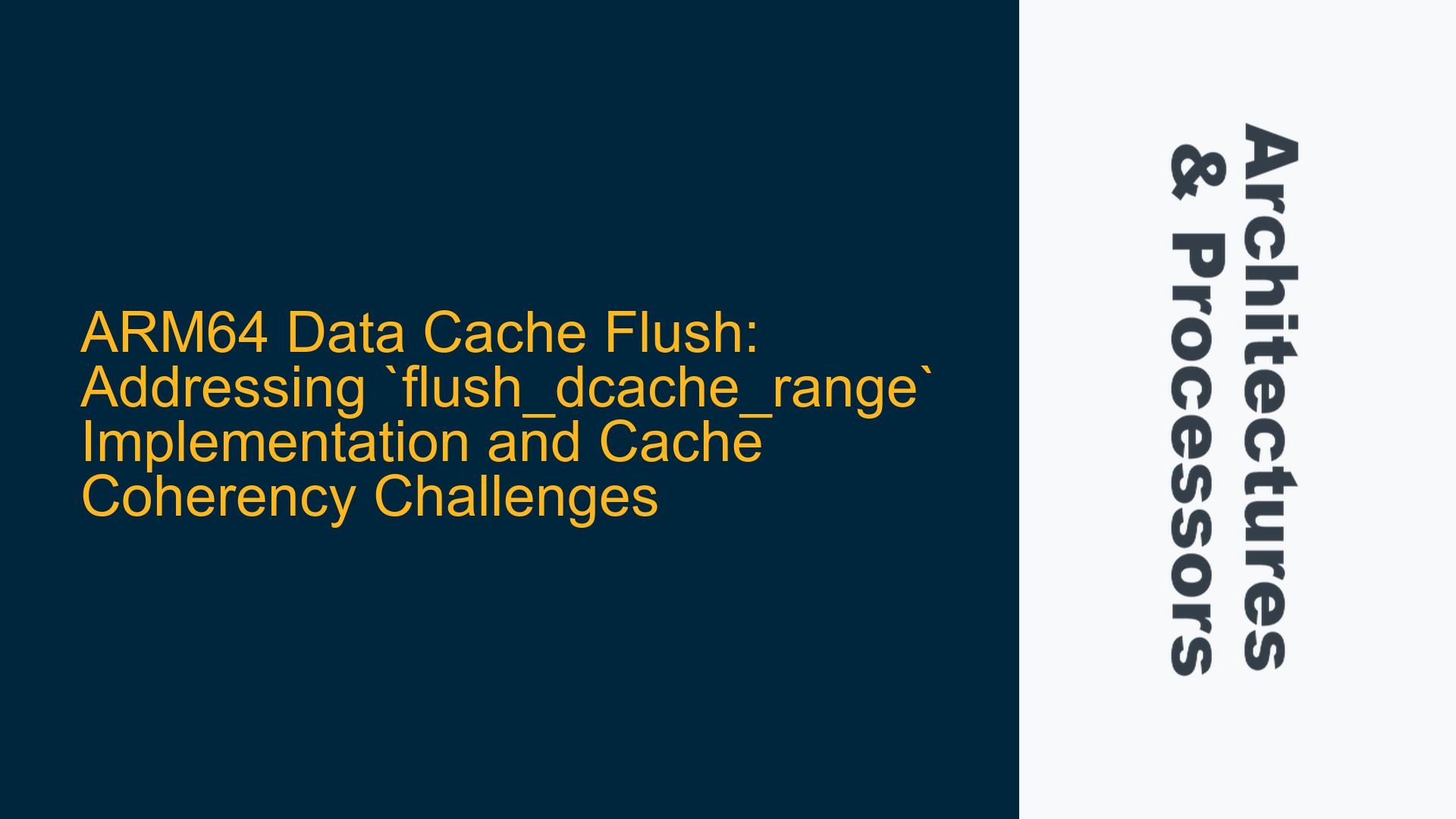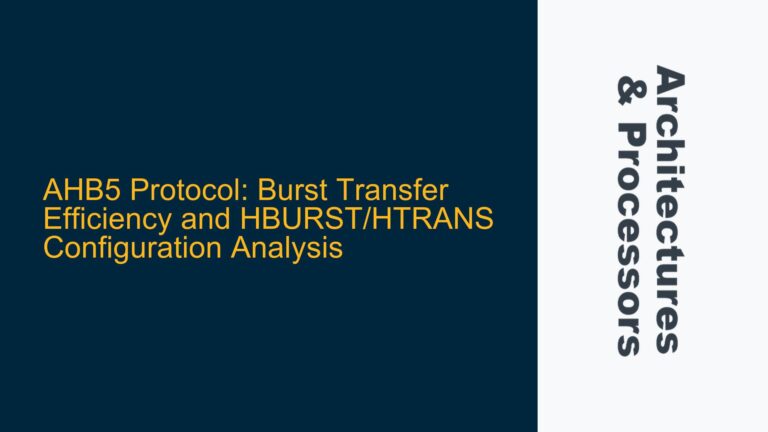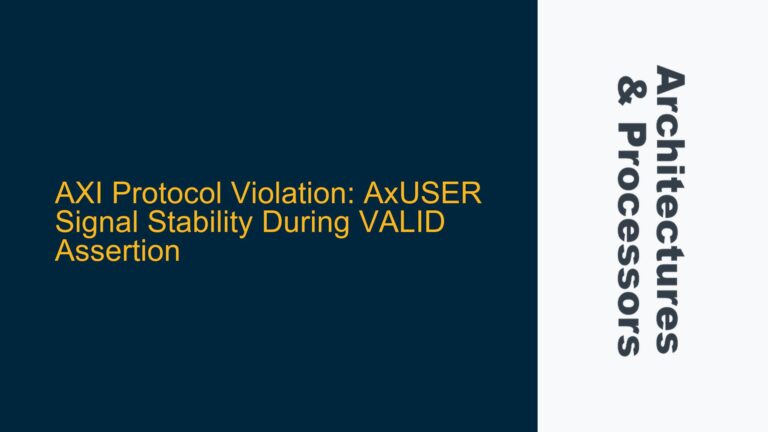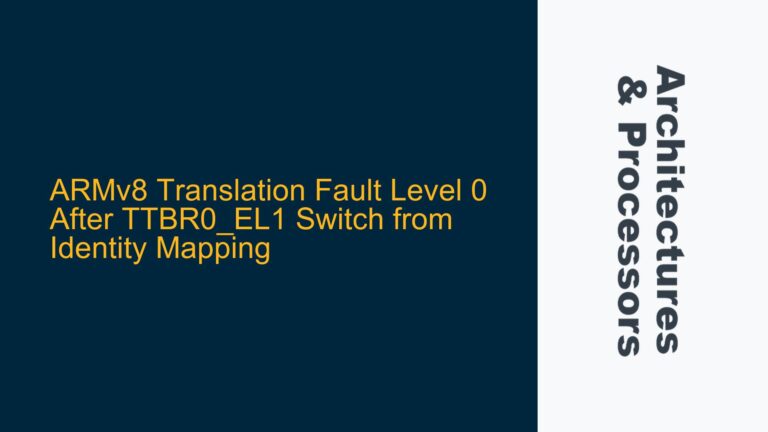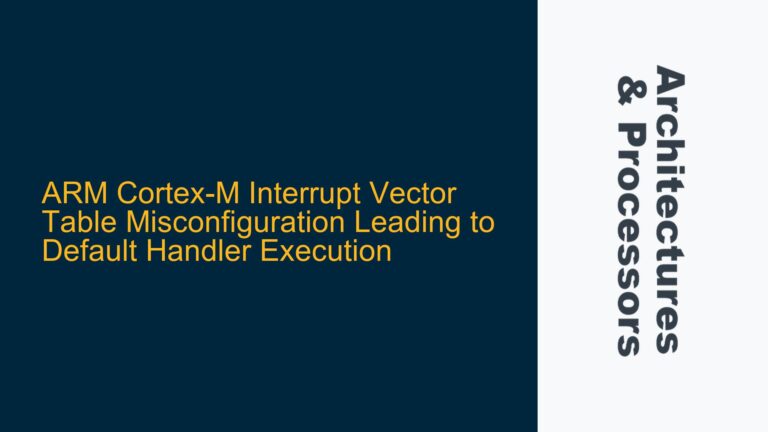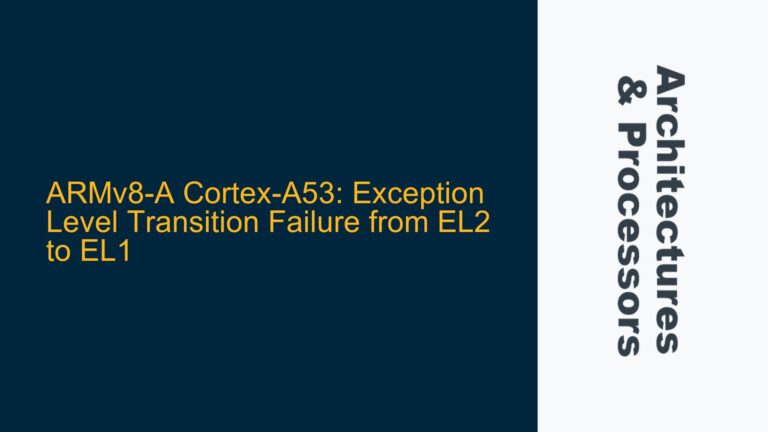ARM64 Cache Management: The Need for flush_dcache_range in Kernel Modules
In ARM64 architectures, managing cache coherency is a critical aspect of ensuring correct and efficient system operation, particularly when dealing with Direct Memory Access (DMA) operations, shared memory regions, or custom kernel modules. The absence of a globally exported flush_dcache_range function in earlier Linux kernel versions posed a significant challenge for developers attempting to flush specific address ranges in the data cache. This issue is particularly relevant in scenarios where cache coherency must be maintained between the CPU and external devices or when modifying memory regions that are shared between different execution contexts.
The flush_dcache_range function is essential for ensuring that any modifications made to a memory range by the CPU are visible to other components, such as DMA controllers, by flushing the corresponding cache lines. Without this function, developers were forced to rely on lower-level cache maintenance operations, which often required a deeper understanding of the ARM64 cache architecture and could lead to subtle bugs if not implemented correctly. The introduction of flush_dcache_range in Linux v5.14-rc1 addressed this gap, providing a standardized and efficient way to manage cache flushes for specific address ranges.
Cache Coherency Mechanisms and ARM64 Architecture Constraints
The absence of a globally accessible flush_dcache_range function in earlier ARM64 Linux kernels can be attributed to several architectural and design considerations. ARM64 processors employ a sophisticated cache hierarchy, typically consisting of L1, L2, and sometimes L3 caches, each with specific coherency protocols and maintenance requirements. The cache coherency mechanisms in ARM64 are designed to ensure that all cores and devices see a consistent view of memory, but this requires careful management of cache operations.
One of the primary challenges in implementing flush_dcache_range is ensuring that the function operates correctly across different cache levels and configurations. ARM64 processors support various cache policies, such as write-back and write-through, which affect how cache flushes must be performed. Additionally, the function must handle cases where the specified address range spans multiple cache lines or cache levels, requiring precise invalidation and cleaning operations.
Another constraint is the need to maintain performance while ensuring coherency. Frequent cache flushes can significantly impact system performance, so the implementation of flush_dcache_range must balance the need for coherency with the overhead of cache maintenance operations. This often involves leveraging hardware features such as cache line locking, prefetching, and batch processing of cache operations to minimize performance penalties.
Implementing and Optimizing flush_dcache_range for ARM64
The implementation of flush_dcache_range in Linux v5.14-rc1 provides a robust solution for managing cache flushes in ARM64 systems. The function is defined in arch/arm64/mm/cache.S and leverages ARM64-specific instructions to perform cache maintenance operations efficiently. Below, we delve into the technical details of the implementation and provide guidance on optimizing its usage in kernel modules.
The flush_dcache_range function operates by iterating over the specified address range and performing cache maintenance operations on each cache line within the range. The key steps involved in the implementation are as follows:
-
Address Alignment and Range Calculation: The function begins by aligning the start and end addresses to cache line boundaries. This ensures that the entire range is covered, even if the specified addresses are not aligned. The size of the range is then calculated to determine the number of cache lines that need to be processed.
-
Cache Line Flushing: For each cache line within the range, the function performs a data cache clean and invalidate operation using the
DC CIVACinstruction. This instruction ensures that any dirty data in the cache line is written back to memory (clean) and that the cache line is marked as invalid, forcing a reload from memory on the next access. -
Memory Barriers: To ensure that the cache operations are completed before proceeding, the function inserts memory barriers (
DSBandISBinstructions) at appropriate points. These barriers prevent reordering of memory operations and ensure that the cache maintenance operations are fully executed before the function returns. -
Performance Optimization: The implementation includes optimizations to minimize the performance impact of cache flushes. For example, the function processes multiple cache lines in a loop, reducing the overhead of instruction fetch and decode. Additionally, the use of batch processing and hardware prefetching can further improve performance in systems with large caches.
When using flush_dcache_range in kernel modules, developers should consider the following best practices:
-
Minimize Cache Flush Frequency: Cache flushes can be expensive in terms of performance, so they should be used judiciously. Avoid flushing the cache unnecessarily and try to batch multiple operations into a single flush where possible.
-
Align Memory Accesses: Ensure that memory accesses are aligned to cache line boundaries to avoid unnecessary cache maintenance operations. Misaligned accesses can result in additional cache line flushes, increasing overhead.
-
Leverage Hardware Features: Take advantage of ARM64 hardware features such as cache line locking and prefetching to optimize cache maintenance operations. These features can help reduce the performance impact of cache flushes and improve overall system efficiency.
-
Monitor Performance Impact: Use profiling tools to monitor the performance impact of cache flushes and identify potential bottlenecks. This can help guide optimizations and ensure that cache maintenance operations do not become a limiting factor in system performance.
In conclusion, the introduction of flush_dcache_range in Linux v5.14-rc1 provides a valuable tool for managing cache coherency in ARM64 systems. By understanding the underlying mechanisms and optimizing its usage, developers can ensure efficient and reliable operation of their kernel modules while maintaining cache coherency across the system.
